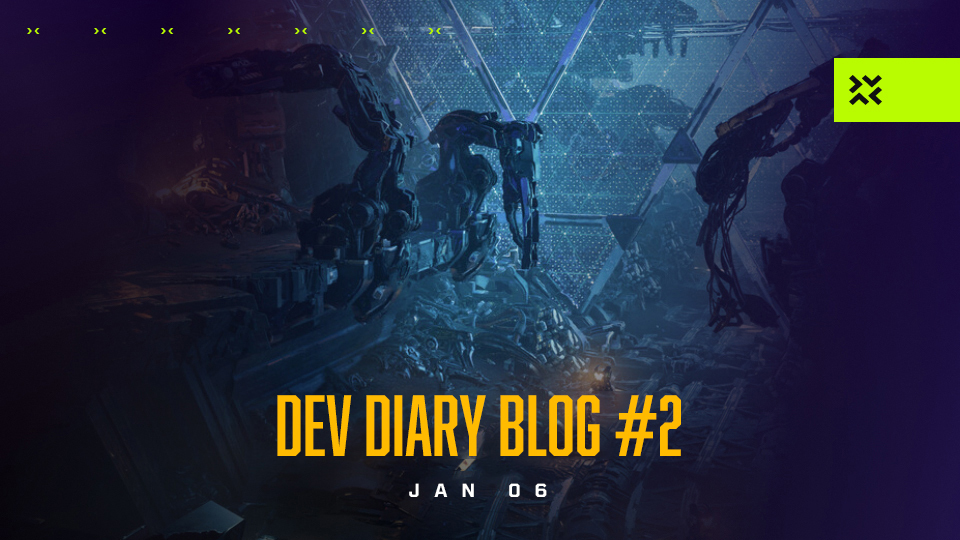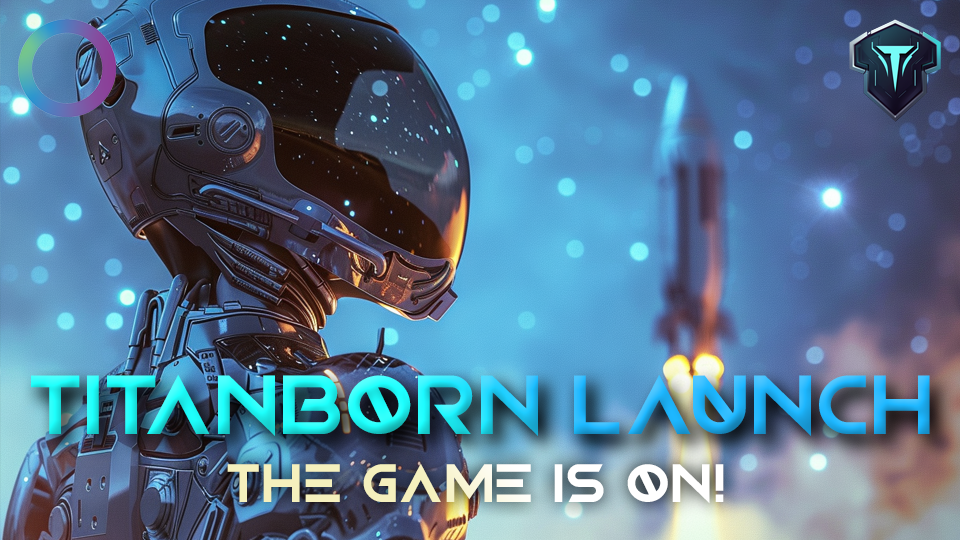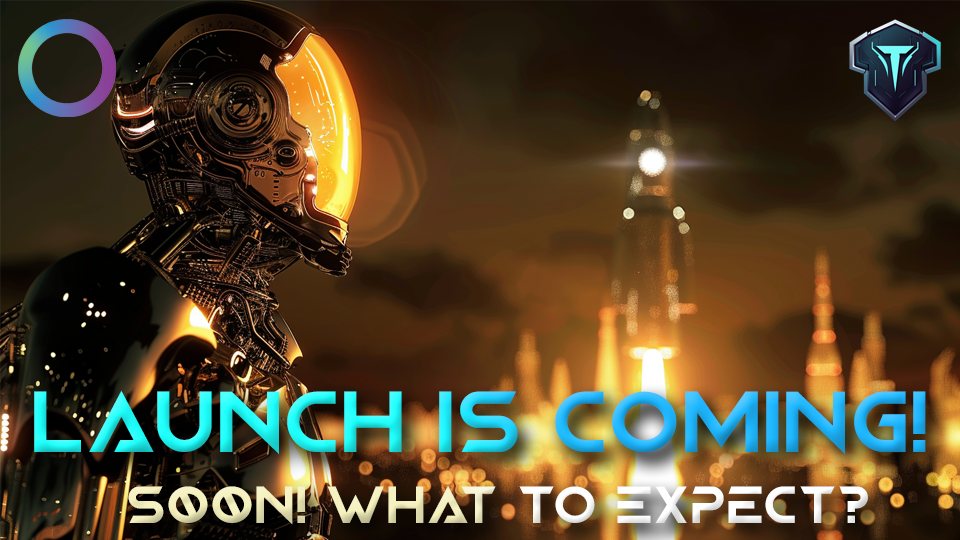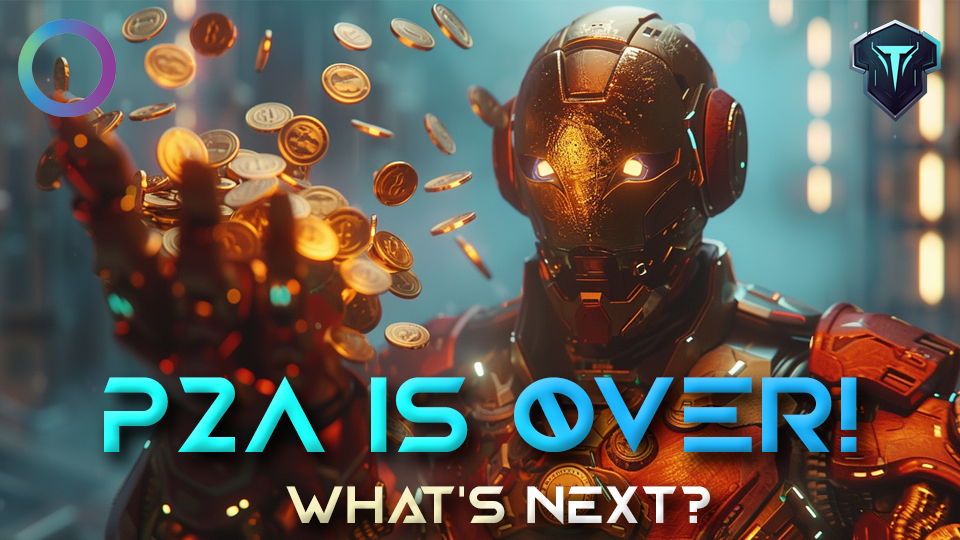
Welcome to the Battle of Olympus Dev Diary, a series dedicated to giving the community a behind-the-scenes look into the lives of game developers. Understand the struggles and successes that come with making an engaging game. We began this series at the end of last year and intend to keep going all the way through our game development process.
In Dev Diary #2, we’ll hear from Game Director Ranko Trifkovic about our quest for the fighting system in the Battle of Olympus.
In this article we will talk about:
- Humble Beginnings
- Challenges
- What went right?
- What went wrong?
- Enter weapons
Humble Beginnings
When I was first introduced to the Battle of Olympus project, the fighting was a bit too vanilla. The models were stylish and the background was excellent, but the combat consisted of a few linear, generic blows. Our Zeus (there were no Hades at that point) was battling another Zeus and while the controls felt responsive enough, there was not much flair to it.
Challenges
Creating an arcade fighting game can be a challenging task, as it requires a strong understanding of game design principles and a deep appreciation for the genre.
One of the main difficulties is finding the right balance between depth and accessibility. On the one hand, the game needs to have a high level of depth and complexity, with a wide range of moves, combos, and strategies for players to master. On the other hand, it also needs to be accessible and easy to pick up for new players, who may not have a lot of experience with fighting games. Striking the right balance between these two conflicting goals can be difficult, and requires careful consideration and playtesting.
Another challenge in designing an arcade fighting game is creating a diverse and interesting cast of characters. Each character needs to have their own distinct personality, appearance, and playstyle, and finding the right mix of characters can be difficult. It’s also important to ensure that no character is too overpowered or underpowered, as this can lead to unbalanced gameplay and frustration for players.
In addition to character design, the game’s overall art style and visual design are also important. The game needs to have a cohesive and visually appealing art style, while also making sure that the characters and stages are clearly distinguishable and easy to read for players.
Finally, the game’s overall mechanics and gameplay systems need to be carefully designed and balanced. This includes the game’s controls, movement, and combo systems, as well as the various modes and features that the game offers. Ensuring that the gameplay is smooth, responsive, and enjoyable for players is crucial to the success of the game.
Overall, designing an arcade fighting game similar to Tekken or Street Fighter is a complex and multifaceted task.
What went right?
Straight off the bat, we had smooth responsive controls, but we didn’t have any characters or special moves.
After some deliberation, it was fairly easy to decide to add Ares. What’s a fighting game without the ultimate warrior, right? Zeus was already there, so why not add his grumpy brother Hades? Sorry Poseidon, you had to drop because water is always problematic to depict in games, plus we wanted to have three ladies, so fighting girls, Athena and Artemis were envisioned. Metis as the mysterious first wife of Zeus was decided to be the third girl and the last of our first batch of gods, as she is a lesser know divinity and she nicely represented the spirit of the game.
What went right were the first combat styles. We didn’t want to copy the mythology directly, so considering cyberspace, or at least the cyberpunk city, Hades we envisioned not only the caretaker of the dead but also the downtrodden and straight dangerous (did someone say Shiva?), so naturally he got some dirty street fighting moves in our game design notes.
Ares had to be brutal, so we picked the nastiest moves from the commando fighting (quick and dirty) combined with Muay Thai moves. In a similar vein, we have designed a whole lot of kicks, punches, and throws, each fitting the personality of their respective gods.
What went wrong?
We decided to start with two gods and two sets of moves, Zeus and Hades. But when the first animations were made, and imported to the game, while looking awesome, they turned out to be riddled with technical issues. While it didn’t take long to hunt all the bugs, we ended up with a rather disjointed feel of the combat itself.
Some moves were simply amazing pieces of cinematic experience straight from the wuxia movies, while others looked oddly out of place within the context of the battle. We missed something that turned our cool animations into… well… generic crap.
Then it hit us (pun intended).
While our combat animations were spot on, the ‘utility’ animations of characters reacting to moves, e.g falling down, rolling over, jumping, running, etc weren’t up to date and to the standard set, giving the whole fighting experience a mixed feeling.
Plus the pacing was way off, producing quite a fast and intense, hard-to-control environment whereas the visceral experience of a brutal fight was not there.
It was time to go back to the drawing board. Our brave animators had a lot of work, brushing up, polishing the animations, and making sure that special effects are directional. Surely, you want your uppercut to blow the enemy upwards, not sideways, eh? Moreover, we realized that with the slower, more deliberate pace, we would finally be getting that strategic kind of fight we were looking for since the beginning.
Enter weapons
What? From Tekken-like to Soul Calibur-like? Does it mean no more combos? It sure scared our marketing department!
Relax.
Combos will be there. So will the martial arts part of the game. We are iterating, not pivoting. The Battle of Olympus is still an arcade fighting game in its own right, not a clone of Tekken or any other game.
So stay tuned until the next Dev Diary where I hope everything will be alright with the pace and feel of the fight, and we can finally dig deeper into the missions system and amazing persistent world map…





